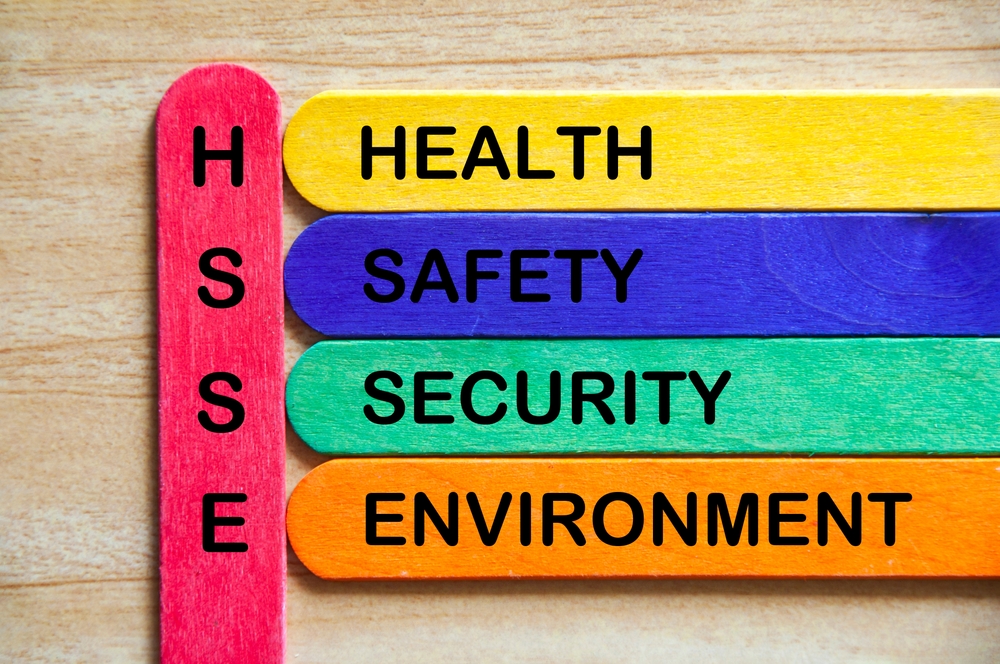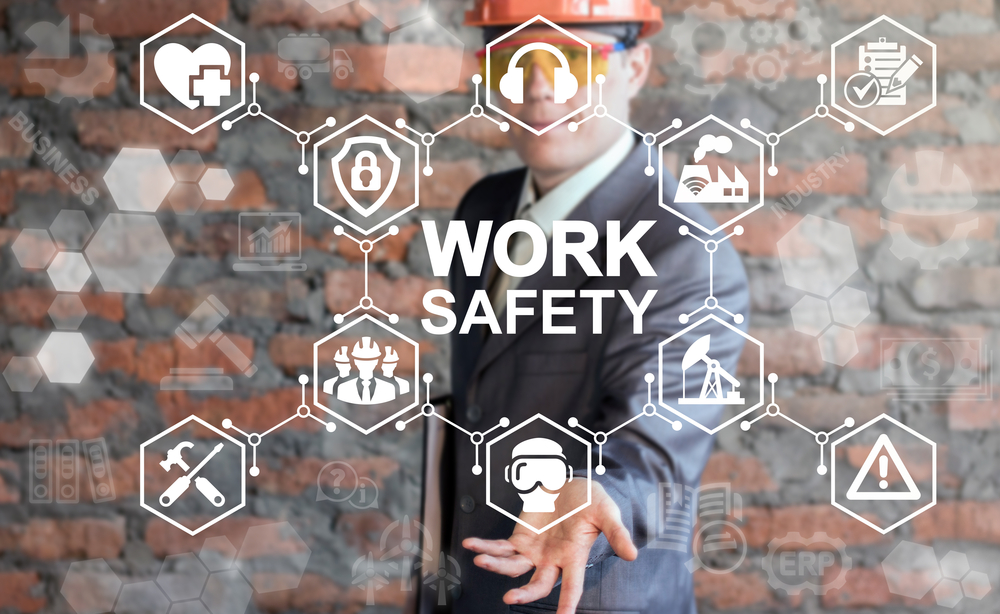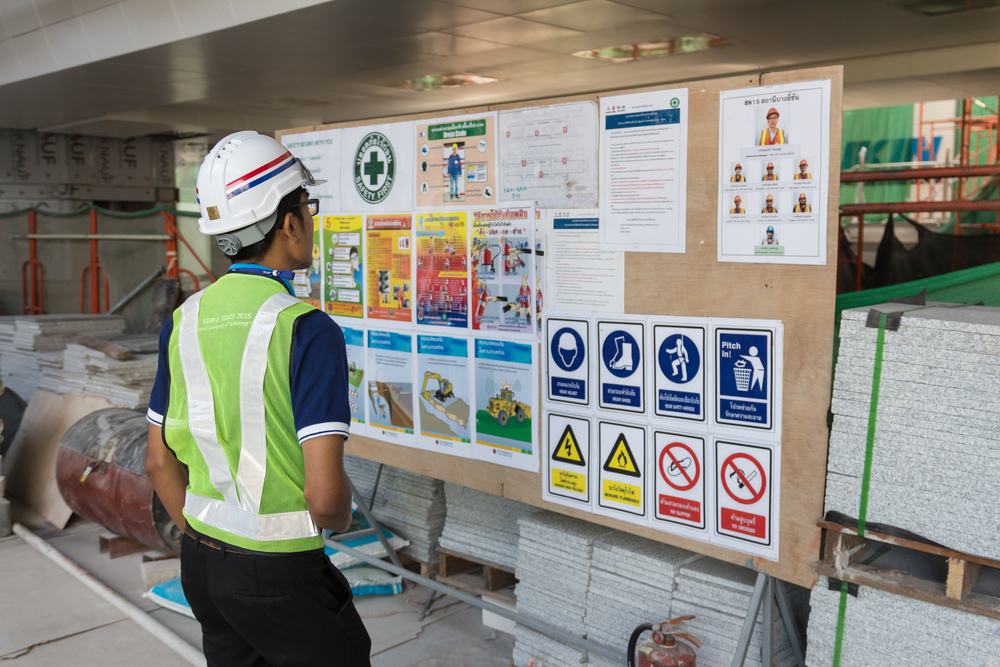

This course is of prime importance for becoming adept in environmental management by way of pollution and hazardous waste containment and prevention. It gives tools and strategies for the effective implementation of measures to minimize environmental pollution and to ensure compliance to safety and sustainability measures.
| City | Start Date | End Date | Fees | Register | Enquire | Download |
|---|---|---|---|---|---|---|
| Kuala Lumpur | 23-06-2025 | 27-06-2025 | 4950 $ | Register | Enquire | |
| Istanbul | 07-07-2025 | 11-07-2025 | 4950 $ | Register | Enquire | |
| Cairo | 14-07-2025 | 18-07-2025 | 3950 $ | Register | Enquire | |
| Amsterdam | 21-07-2025 | 25-07-2025 | 6200 $ | Register | Enquire | |
| Prague | 04-08-2025 | 08-08-2025 | 6200 $ | Register | Enquire | |
| Casablanca | 11-08-2025 | 15-08-2025 | 4950 $ | Register | Enquire | |
| Cairo | 18-08-2025 | 22-08-2025 | 3950 $ | Register | Enquire | |
| Dubai | 25-08-2025 | 29-08-2025 | 4300 $ | Register | Enquire | |
| Paris | 01-09-2025 | 05-09-2025 | 6200 $ | Register | Enquire | |
| Kuala Lumpur | 08-09-2025 | 12-09-2025 | 4950 $ | Register | Enquire | |
| Dubai | 15-09-2025 | 19-09-2025 | 4300 $ | Register | Enquire | |
| Cape Town | 22-09-2025 | 26-09-2025 | 5600 $ | Register | Enquire | |
| Geneva | 29-09-2025 | 03-10-2025 | 5600 $ | Register | Enquire | |
| Amsterdam | 06-10-2025 | 10-10-2025 | 6200 $ | Register | Enquire | |
| Istanbul | 13-10-2025 | 17-10-2025 | 4950 $ | Register | Enquire | |
| Milan | 20-10-2025 | 24-10-2025 | 6200 $ | Register | Enquire | |
| Amsterdam | 03-11-2025 | 07-11-2025 | 6200 $ | Register | Enquire | |
| London | 17-11-2025 | 21-11-2025 | 6200 $ | Register | Enquire | |
| Vienna | 24-11-2025 | 28-11-2025 | 6200 $ | Register | Enquire | |
| Zurich | 01-12-2025 | 05-12-2025 | 5600 $ | Register | Enquire | |
| Cairo | 08-12-2025 | 12-12-2025 | 3950 $ | Register | Enquire | |
| Amsterdam | 15-12-2025 | 19-12-2025 | 6200 $ | Register | Enquire | |
| Singapore | 22-12-2025 | 26-12-2025 | 5500 $ | Register | Enquire | |
| Kuala Lumpur | 29-12-2025 | 02-01-2026 | 4950 $ | Register | Enquire |
Poor storage practices of hazardous chemicals and waste, inadequate container control, the use of hazardous products when safer alternatives exist, and insufficient staff training are major contributors to environmental pollution.
Pollution manifests in various forms, including ground and surface water, land, air, radioactive materials, food, noise, molds, odors, construction, and vibration. Improper management of these pollutants leads to contamination, which in severe cases can result in significant health problems.
This five-day training on Eco-Safe Hazardous Waste Management and Prevention will explore the various types of contaminants, delve into methods for eradicating or mitigating them, promote the use of safe non-hazardous alternatives, and examine environmentally sound disposal practices for both hazardous and non-hazardous waste.
At the conclusion of this Eco-Safe Hazardous Waste Management and Prevention course, participants will be able to:
Unit 1: Brief History of Contamination and Introduction to Hazardous Wastes
Unit 2: Management of Contamination and Hazardous Wastes
Unit 3: Contamination and Pollution Prevention
Unit 4: Pollution Prevention Planning and Contingency Planning for Major Incidents
Unit 5: Big Picture Review of Contamination and Hazardous Waste Management



















